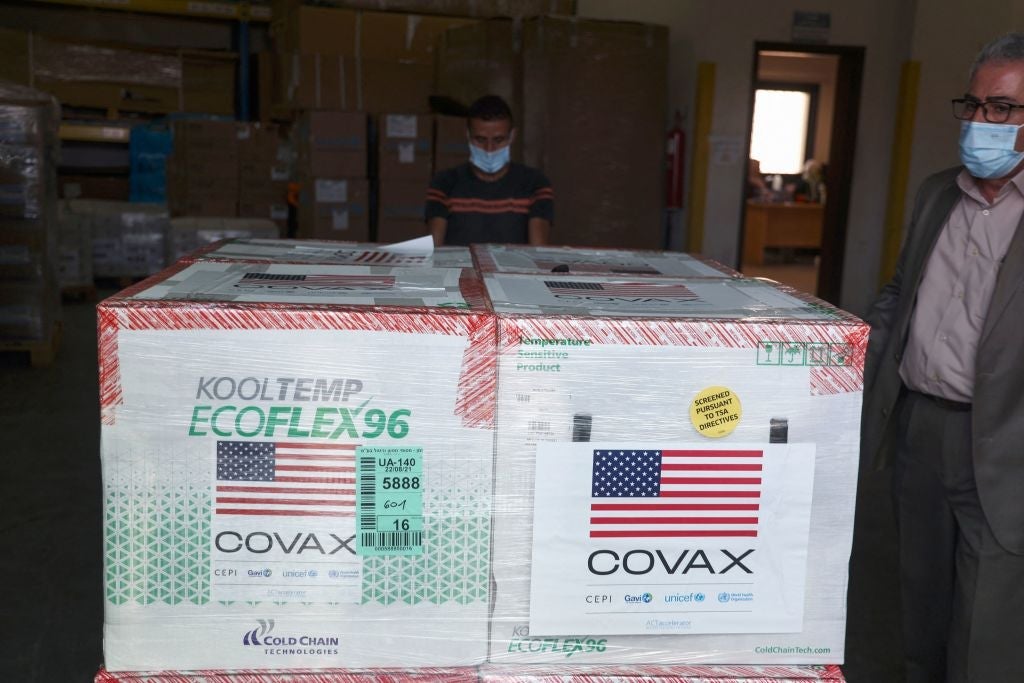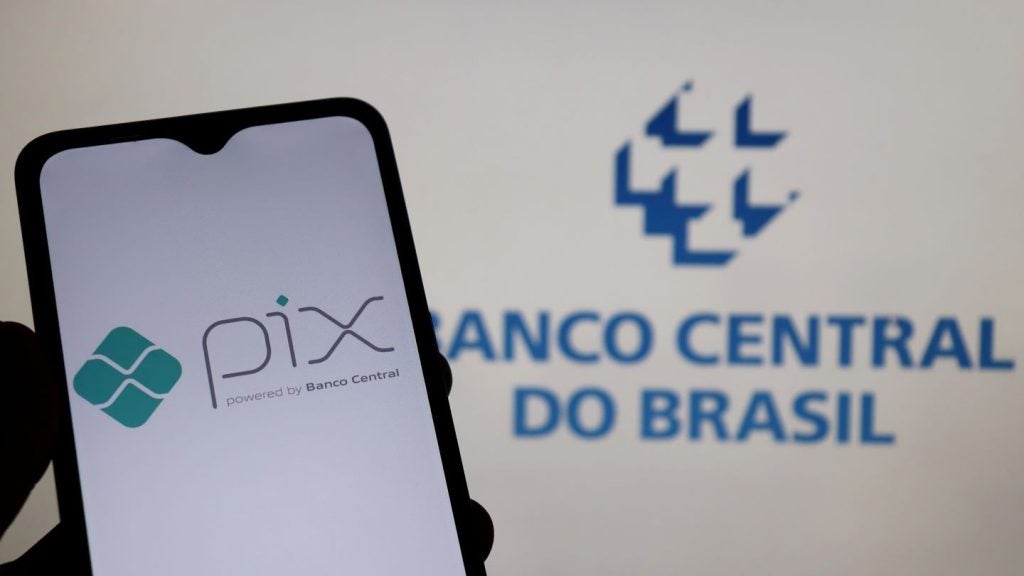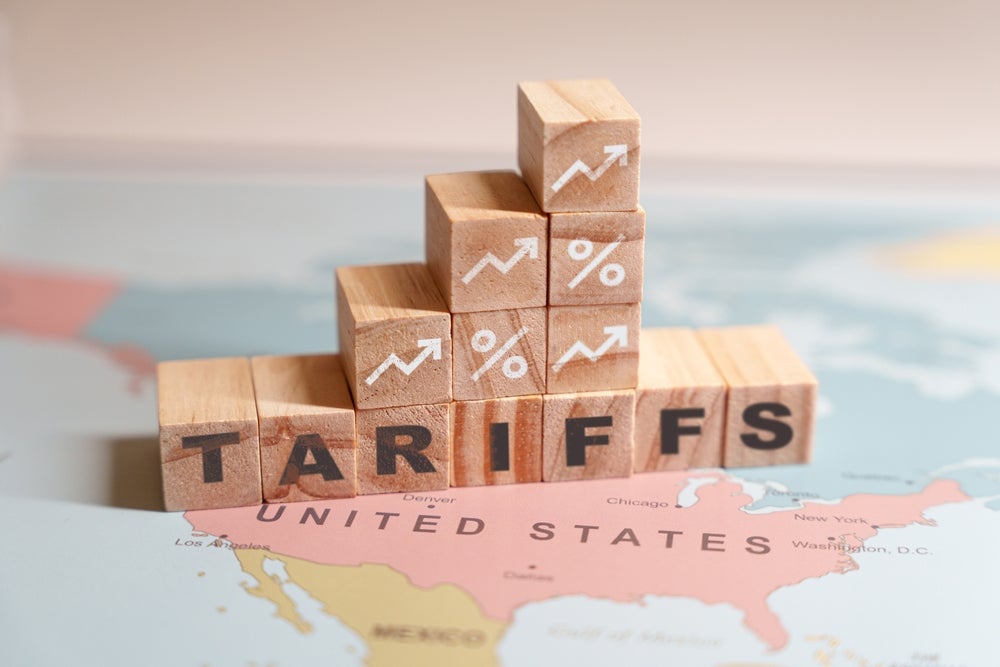

Covax, the body established to ensure access to Covid-19 vaccines for the world’s poorest countries, is failing.
Almost nine months into 2021, the group’s target of distributing two billion doses this year seems increasingly implausible. Despite the total number of doses committed to Covax numbering well over two billion, just 217 million have so far been delivered, according to the World Bank – 11% of the target.
As a result, the global vaccine divide is starker than ever. Just 2.7% of Africans have been fully vaccinated, compared with 47% of Europeans.
A 170 million-dose supply agreement with AstraZeneca, signed almost a year ago, has delivered just 64 million doses.
Other agreements have performed even worse. A separate deal with an Indian manufacturer of the AstraZeneca vaccine fell victim to the country’s export bans over the summer, so far delivering just 15% of the promised doses. A deal with Pfizer/BioNTech to provide 340 million doses earlier in 2021 has so far yielded just 4.4 million – 4% of the amount promised.
The result has been a consistent failure of Covax to meet its original supply forecasts. In January, the group expected 640 million doses to be available by June, of which 480 million were secured by legally binding agreements. In the end, just 105 million were delivered.
Not all of the doses delivered have gone to poor countries. From the start, Covax’s funding strategy has been partly dependent on profits from the sale of vaccines to wealthy countries, in addition to donations by governments and philanthropists.
For the 92 countries that are part of Covax’s low-cost vaccine programme, the target was set at 1.8 billion doses by early 2022, enough to immunise one-fifth of their populations. So far, according to the World Bank, these countries have received 139 million doses, or just 7.7% of the target.
Countries are struggling to administer doses they do have
As well as the quantity of vaccines procured, the quality of vaccines allocated to low-income countries has become an issue.
The distribution of Covax’s Pfizer vaccines has become a particular bone of contention, as studies increasingly suggest that it is more effective than AstraZeneca. Fears over the very small risk of blood clots from the AstraZeneca vaccine have also played a role.
Australia, for instance, recently bought 200,000 doses of the Pfizer vaccine from Covax, despite having large reserves of the AstraZeneca version.
This appears to be part of a broader pattern. Data from Unicef shows that 92% of Covax Pfizer orders by wealthy countries have been delivered, compared with just 16% of orders by low-income countries.
Instead, low-income countries have overwhelmingly been allocated the less desired vaccines.
The Johnson & Johnson and Sinopharm vaccines, which have only recently been shown to work against the Delta variant, make up 26% and 14% of deliveries to low-income countries, respectively, but just 2.7% and 0.6% in high-income countries.
AstraZeneca makes up 40% of vaccines delivered to these countries, compared with just 7% for high-income countries. Concerns with the vaccine’s side effects and effectiveness, as well as deliveries concluded shortly before the doses’ expiry dates, have caused severe problems with the vaccine’s distribution.
As of July, Covax was monitoring nine countries across Africa where vaccine stockpiles were at risk of spoiling, the New York Times reported.
Funding shortfalls for vaccine administration have also contributed to the accumulation of stockpiles in warehouses across the developing world.
Covax’s parent organisation, the ACT-Accelerator (ACT-A), has a funding shortfall of $16.6bn for this year. Just $700m of the shortfall is in funding for vaccines, compared with a $7.2bn shortfall for the ‘health systems connector’, the funding mechanism that aims to ensure that countries are able to administer their doses. The cost of vaccine administration is estimated to be five times that of vaccine purchase.
Analysis by Focus 2030 found that only three G20 countries – Germany, Canada and Saudi Arabia – have contributed their fair share to ACT-A, which Focus 2030 calculated on the basis of countries’ income level and economic openness.
The UK, by contrast, has contributed 70% of the expected amount, while France and Australia have contributed just 25% and 17%, respectively. The US has given just 63% of its fair share, depriving the organisation of $6.2bn.
Booster shots could be the final nail in the coffin for Covax
Covax does expect a surge in vaccine availability towards the end of 2021, but as evidence of the waning efficacy of vaccines comes to light, rich countries are increasingly considering mass roll-outs of booster vaccines – potentially eating into the supply available for poorer countries.
Gavi, the group behind Covax, has warned that a premature roll-out of booster shots in wealthy countries could end up giving Covid-19 a boost by further delaying immunisation efforts in the Global South.
The group described the potential effects on supply as “nothing short of disastrous”. For this reason, the World Health Organisation has called for a moratorium on booster shots until at least 10% of every country has been immunised.
Whether the hoped-for surge in Covax supplies materialises will depend both on financial support from wealthy donors and their willingness to free up supply for countries in greater need.







